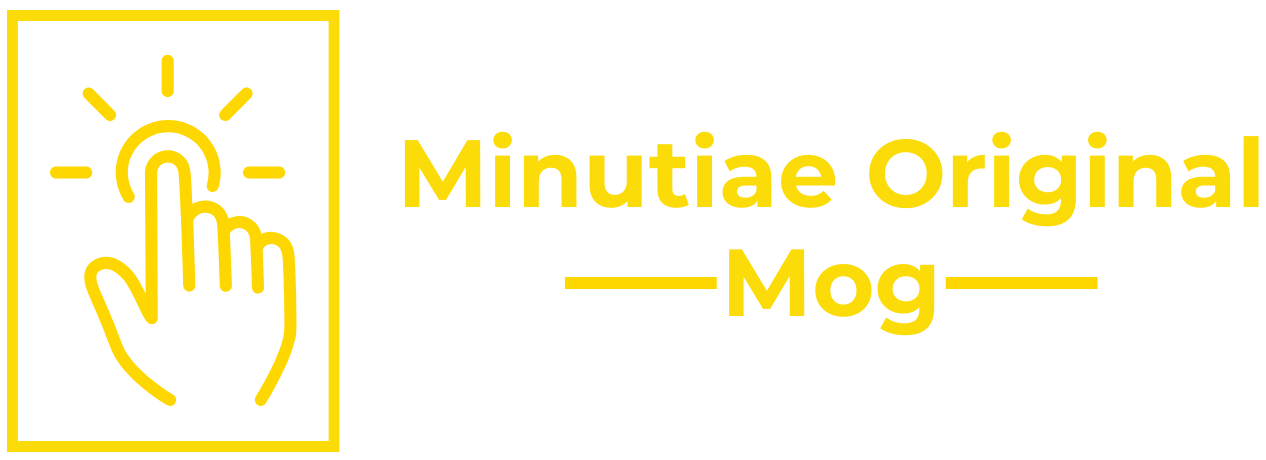Ever been in a meeting where everyone agrees on the goal, but the project still stalls? You have the plan, the resources, and the talent, yet progress grinds to a halt. The team starts pointing fingers, and frustration mounts.
Sound familiar?
The problem isn’t the what—the task itself. The problem is the hidden why behind the friction. For decades, we’ve tried to solve this with better communication workshops or team-building retreats. But what if you had a tool that could instantly diagnose the root cause of collaborative failure, turning vague frustration into a solvable problem?
That tool is The TASK Framework.
What is The TASK Framework?
The TASK Framework is the world’s first diagnostic framework specifically designed for collaborative friction. Its power lies in a crucial distinction: it’s not designed to tell you how to communicate, but to diagnose why your collaboration is failing.
Instead of guessing or complaining, it gives you a simple, four-part filter to pinpoint the exact source of the blockage. Think of it as an X-ray for your team’s health, revealing the structural issues beneath the surface-level symptoms.
Breaking Down the TASK Acronym
The framework is built on four pillars—Time, Actions, Size, and Knowledge. When someone is struggling to collaborate, the issue almost always stems from a misalignment in one of these four areas.
Let’s break down what each one really means.
T – Time: The Priority Clash
When a team member says, “I don’t have time,” our instinct is to accept it or get frustrated. But The TASK Framework reveals this is rarely about the number of hours in a day. It’s a signal of a clash in priorities. They are prioritizing something else that feels more urgent or valuable to them. The real issue isn’t a lack of time; it’s a misalignment of what deserves that time.
A – Actions: The Purpose Disconnect
“This action doesn’t make sense.” Have you ever heard that? This complaint isn’t necessarily a challenge to your authority; it’s a symptom of a disconnect in purpose. The team member doesn’t see the “why” behind the “what.” Their personal beliefs, motivations, or understanding of the goal are not aligned with the requested action, leading to a lack of buy-in and passive resistance.
S – Size: The Capacity Mismatch
“This is too much work!” or “Is this all I’m assigned to do?” These statements point to a Size problem. The scope of the task is misaligned with the individual’s capacity or need for challenge. The work is either so large it feels overwhelming and paralyzing, or so small it feels trivial and unfulfilling. It’s not a refusal to work; it’s a plea for the work to be resized to be manageable and meaningful.
K – Knowledge: The Capability Gap
“I don’t know how.” This is often misinterpreted as incompetence. But in a collaborative environment, it’s often a sign of a Knowledge gap or, more critically, a lack of psychological safety. The person may lack the necessary information or skill, or they may be afraid to admit this gap for fear of being judged. The problem isn’t a lack of intelligence; it’s a lack of a safe learning environment.
From Complaining to Diagnosing: The TASK Framework in Action
So, how do you move from identifying these problems to solving them? The magic is in turning complaints into diagnostic questions.
Here’s a practical “Complaint to Question” table you can use with your team today:
| When you hear this Complaint… | …Ask this Diagnostic Question |
|---|---|
| “I don’t have Time for this.” | “That’s fair. Help me understand what’s taking priority right now?” (Seeks to understand their Time/priority landscape) |
| “This action doesn’t make sense.” | “I appreciate the honesty. What would make more sense to you from your perspective?” (Seeks to understand their Action/purpose drivers) |
| “This is too much work!” | “Thank you for flagging that. How could we break this down into a more manageable first step?” (Seeks to adjust the Size/scope) |
| “I don’t know how to do this.” | “No problem at all. What part are you most confident with, and where would you like to start learning?” (Seeks to build on existing Knowledge and identify gaps) |
This simple shift in language transforms a dead-end complaint into a productive conversation. It moves the team from a culture of blame to a culture of problem-solving.
Ready to Build a Friction-Free Team?
The TASK Framework is more than a troubleshooting tool; it’s the foundation for building a resilient, adaptive, and highly collaborative team—what I call a Leader Factory.
When everyone, from interns to executives, can diagnose friction using this common language, you create an environment where problems are solved at the source, and leadership emerges at every level.
This blog post is just the beginning. The TASK Framework is part of a complete system for developing leaders and achieving goals through collaboration, detailed in my new book, The Leader Factory.
In it, you’ll discover:
- How to conduct a “Collaborative Pre-Mortem” to anticipate friction before a project begins.
- The Seven Cornerstones for building a culture where leadership flourishes.
- How to recognize and nurture the Five Habits of Leadership in every team member.
Ready to stop guessing and start diagnosing?
[Click Here to Learn More About The Leader Factory and Get Your Copy Today!]

